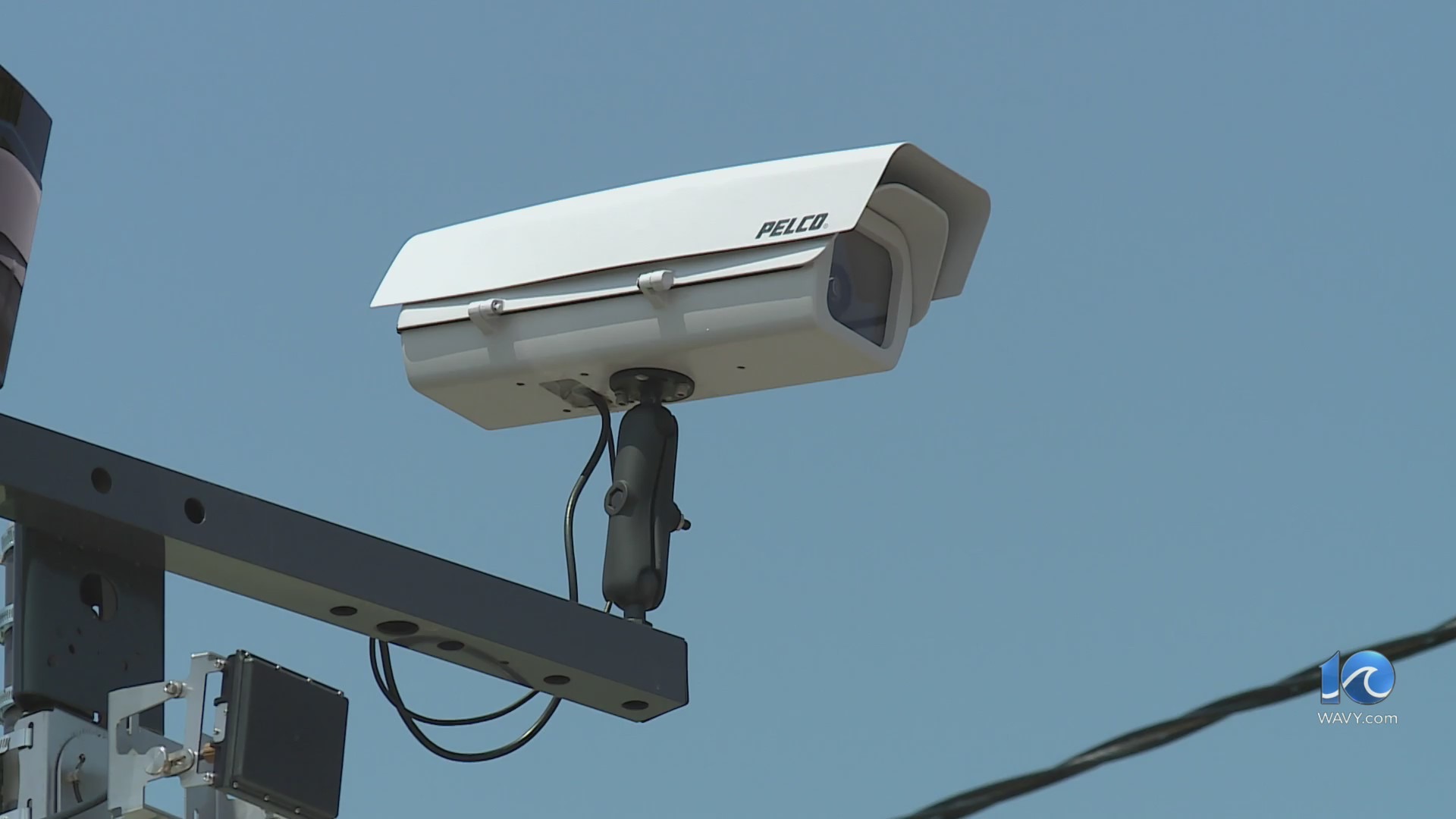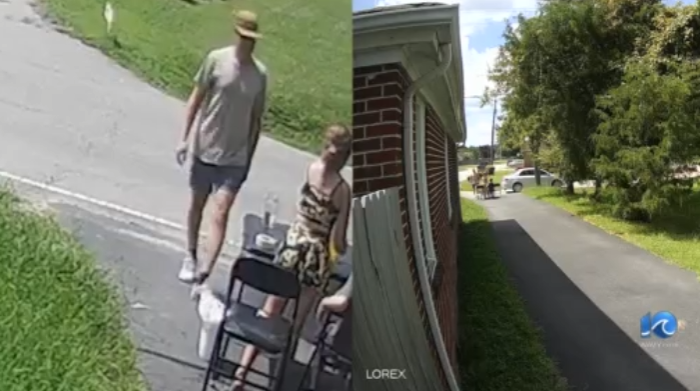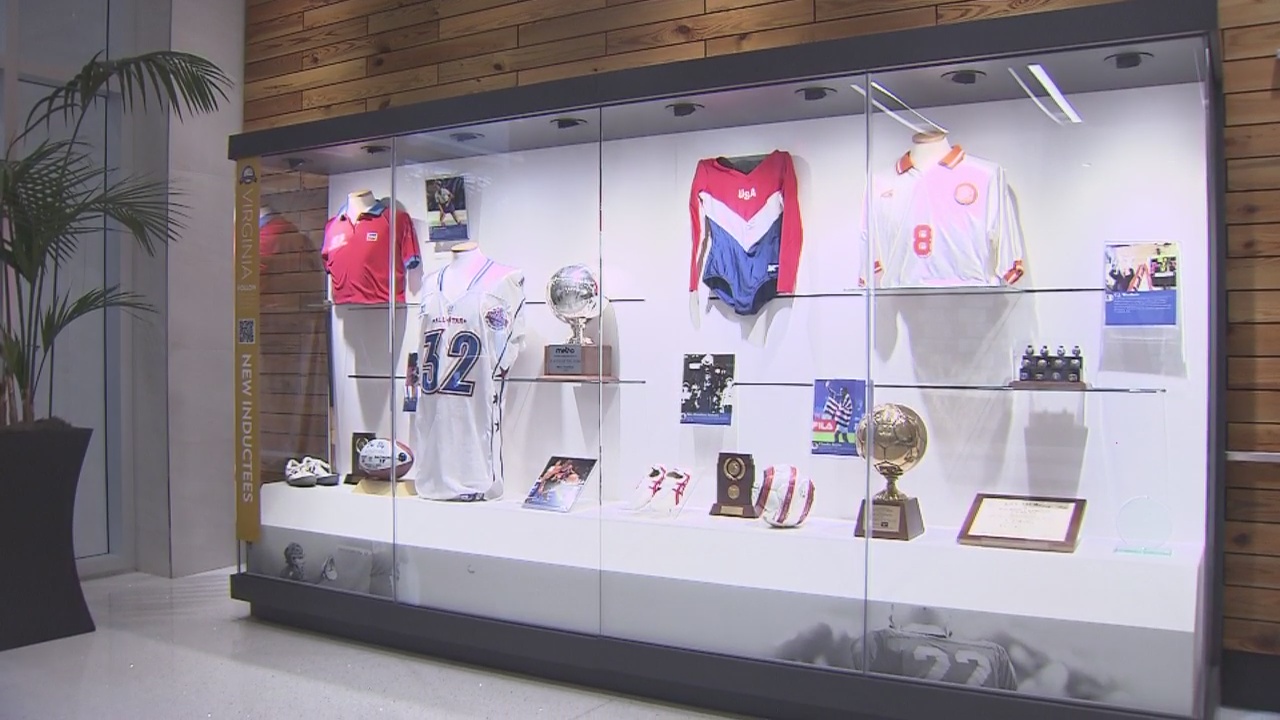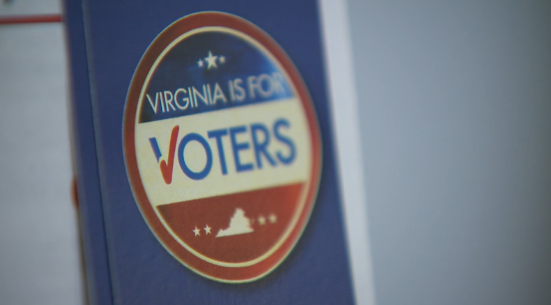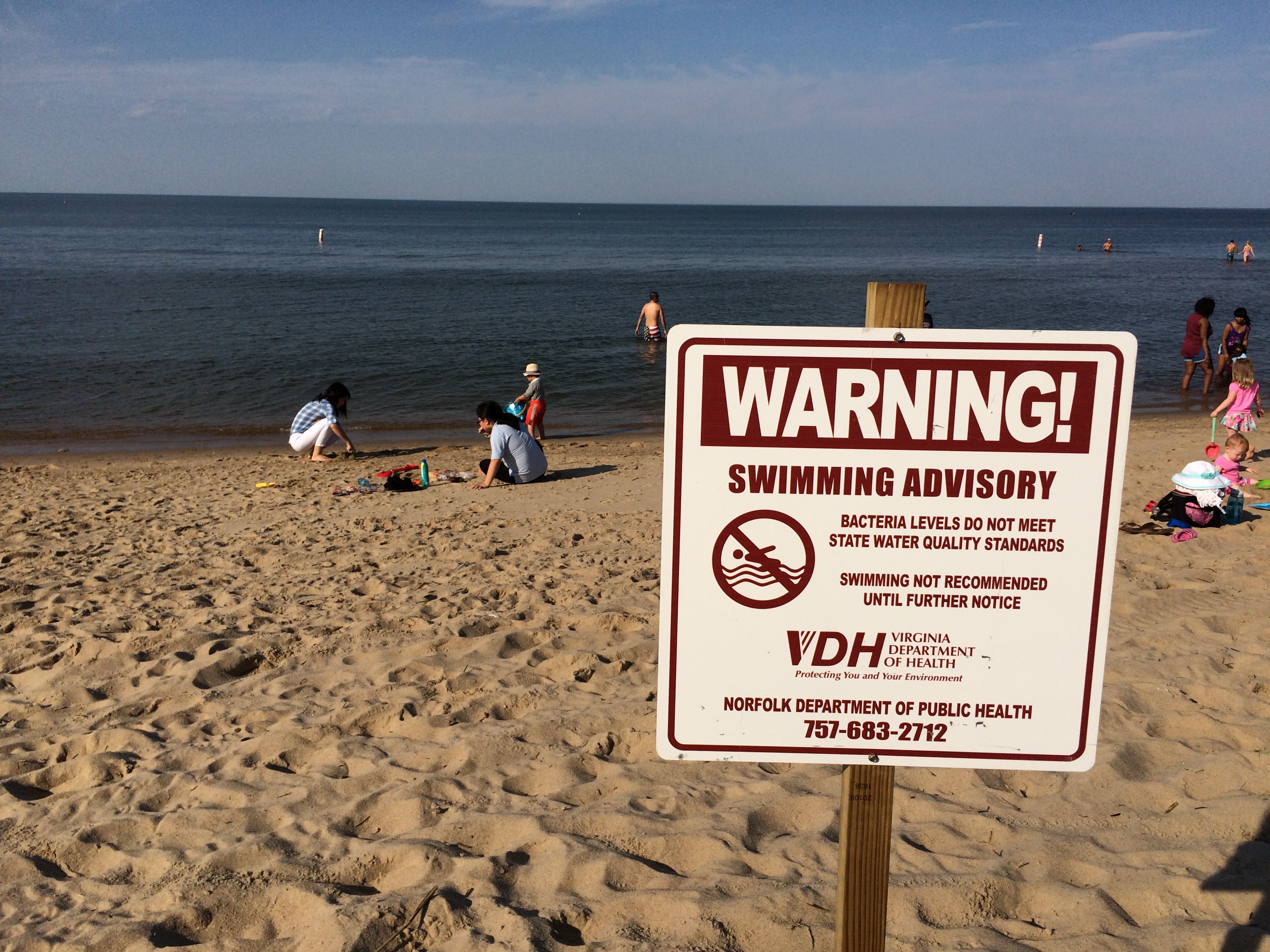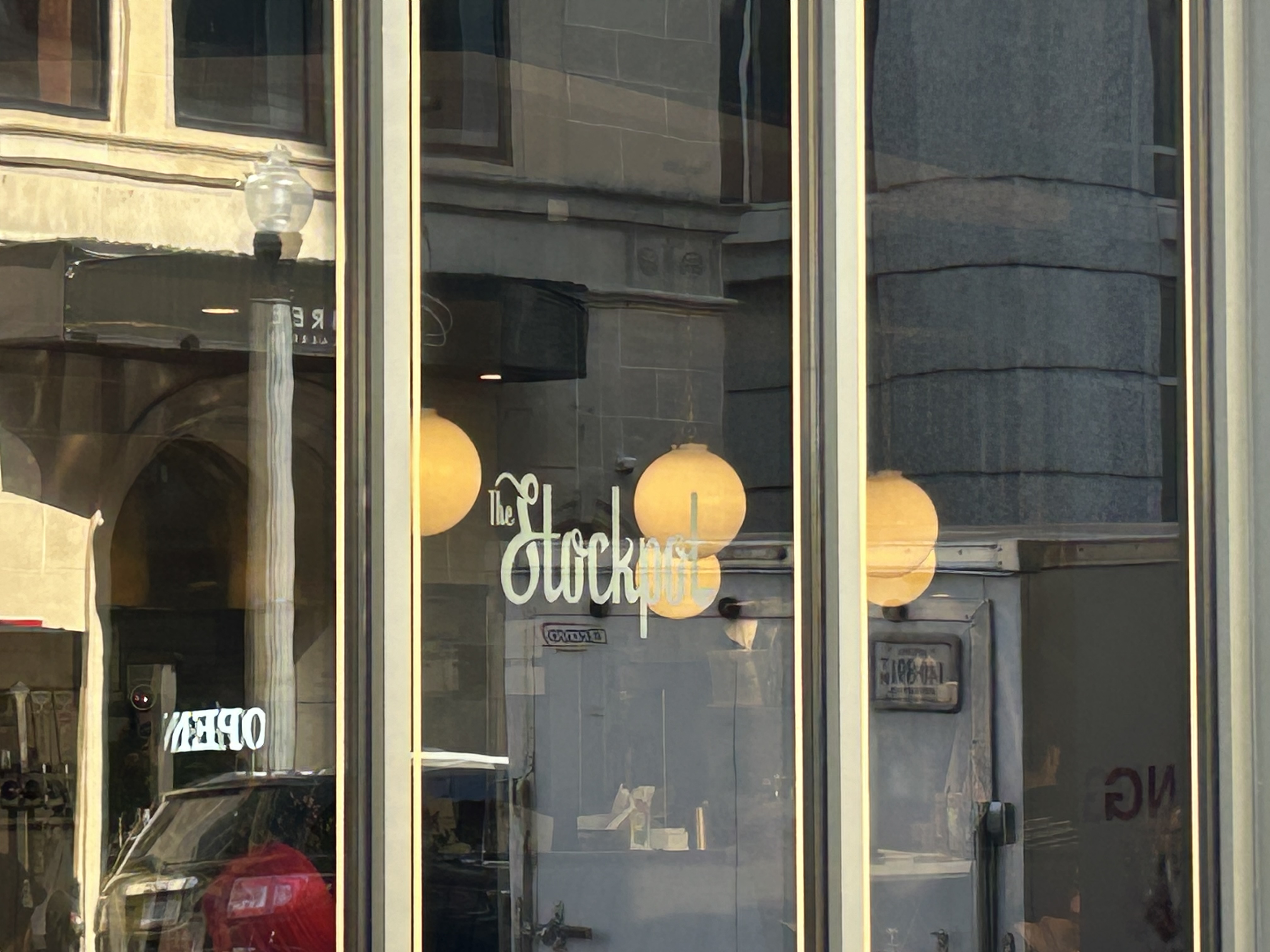RICHMOND, Va. (WRIC) — The Robert E. Lee statue that represented the Commonwealth in the U.S Capitol for more than a century, now has a new home at the Virginia Museum of History and Culture in Richmond.
The 700-pound bronze statue was removed quietly overnight on Sunday and carefully transported on Tuesday morning from Washington D.C to Richmond. 8News was there as the truck hauling the former Confederate General pulled into the loading dock and was lifted up to a former exhibit hall in the museum, where it will be stored.

The life-size statue, sculpted by Edward Valentine, was placed in the U.S Capitol in 1909, but was recently gifted to the museum and will be added to their collection.
Andrew Talkov, Senior Director of Curatorial Affairs with the Virginia Museum of History and Culture, said they are working out the details on a new exhibit that will feature the historic statue.
The museum is currently undergoing renovations that will be complete in the spring of 2022. Talkov goes on to say, Lee will be revealed and on display to the public during the grand reopening.
“It’s a fascinating story that we will tell from a variety of perspectives because it tells us about how people in Virginia wanted to remember the American Civil War in the early twentieth century and how that has changed over time to where we are today,” Talkov told 8News.
For now, the statue of Robert E. Lee will be kept in storage, lying on its back with a foam pad underneath, wrapped in special quilts to prevent dust from accumulating. Talkov said the exhibit they are planning is going to connect the past and the present; becoming a transformation over time.
Talkov shared some of the exhibit plans with 8News, saying it will tell the story from the first decade of the 1900s when Virginia politicians first proposed having Lee at the U.S Capitol, all the way to 2020, where officials no longer want Lee representing Virginia.

8News asked if the exhibit will include items and information regarding recent unrest in the city, and Talkov confirmed it will. He said that the museum has been actively collecting items for months and is looking to secure more.
The Virginia Museum of History and Culture is still in negotiations to receive a piece of the GRTC bus that was set on fire by protestors on Broad Street after the death of George Floyd.
Talkov also said the museum itself was a target of protests and was riddled with graffiti, however, they have managed to secure a tear gas canister that was deployed nearby, a broken face shield worn by a protester, art stencils that read “We Need To Talk” which were drawn on the side of Richmond buildings, among other items.
Talkov said they are closely monitoring the Confederate statues that have been removed from Monument Avenue, however, the City of Richmond has not made a decision on what they intend to do with them.
“I’m very grateful to the Commonwealth of Virginia for gifting this to the museum,” Talkov said. “It does offer an excellent opportunity to not only tell stories of the past but stories that are happening today.”
The new exhibit will feature the American Civil War up to today’s social climate of racial justice and equity.
Virginia Governor Ralph Northam’s commented on the Lee statue coming down this week.
“We should all be proud of this important step forward for our Commonwealth and our country,” Northam said. “The Confederacy is a symbol of Virginia’s racist and divisive history, and it is past time we tell our story with images of perseverance, diversity, and inclusion.”
Civil rights icon Barbara Rose Johns was selected to replace Confederate general Robert E. Lee in the National Statuary Hall Collection in D.C, representing the Commonwealth alongside George Washington.
In 1951, then 16-year-old Johns led a student walkout at Robert Russa Moton High School in Farmville, to protest the overcrowded and inferior conditions of their all-Black school compared to those of White students at nearby Farmville High School.
Johns was supported by NAACP lawyers who took up her cause and filed a lawsuit which would later be one of the five cases the United States Supreme Court reviewed in Brown v. Board of Education of Topeka.
The Virginia General Assembly will vote in January to confirm the statue’s placement in the U.S. Capitol.














































































